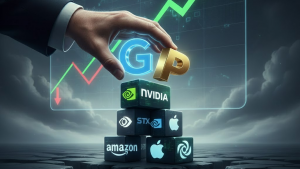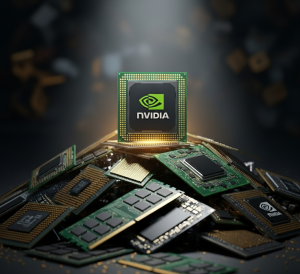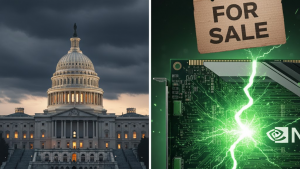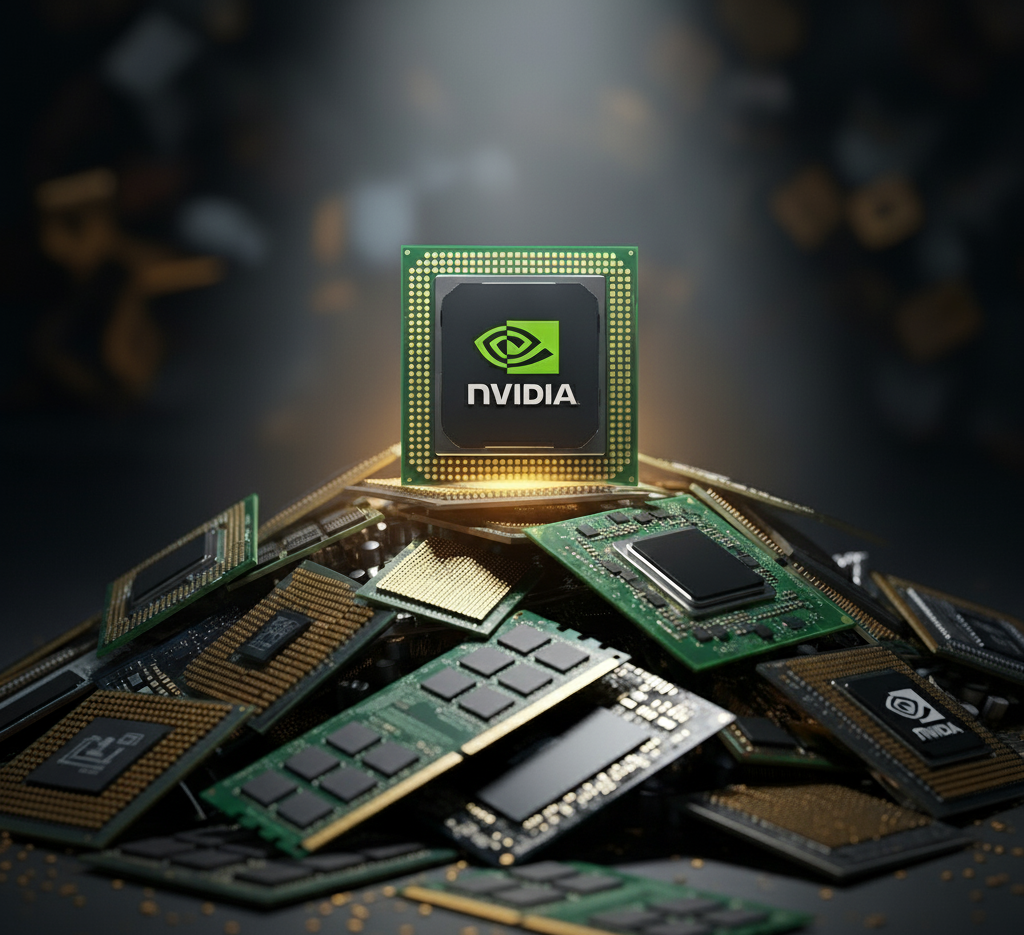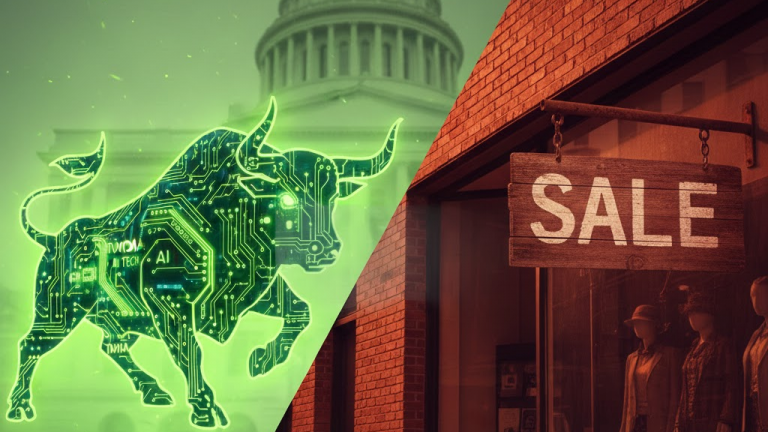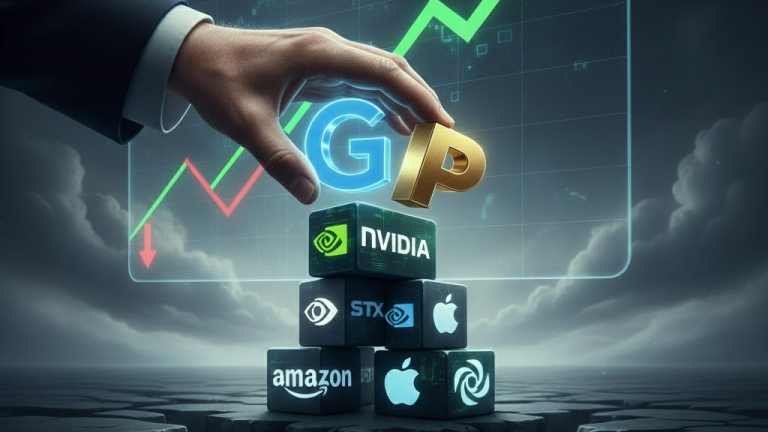Summary (TL;DR)
For investors, the key takeaway from this news is that Nvidia’s upcoming earnings report has effectively become a referendum on the entire artificial intelligence trade. This event is significant not just because Nvidia is the world’s most valuable company, but because its results will either validate the trillions of dollars being poured into AI infrastructure or signal that the “AI bubble” fears are justified. The bottom line is that a simple earnings “beat” may no longer be enough; the market is demanding reassurance that the new “Blackwell” chip rollout is on track despite reports of technical snags.
The Core News (What Happened?)
Nvidia (NVDA) is scheduled to report its Q3 Fiscal Year 2026 earnings on Wednesday, November 19, 2025, after the market closes. The stakes are incredibly high as the company attempts to justify a market valuation that recently topped $4.5 trillion.
However, the lead-up to this report has been rocky. Over the weekend, reports surfaced (via The Information) that Nvidia’s next-generation “Blackwell” AI chips are facing overheating issues in high-capacity server racks. This has forced design changes and sparked fears of shipping delays. Adding to the tension, famed “Big Short” investor Michael Burry (Scion Asset Management) recently disclosed a new bearish bet against the company (via put options), signaling his belief that the stock’s valuation is overextended.
Background (Setting the Stage)
Coming into this week, investors were expecting a victory lap. Nvidia has consistently crushed expectations, with CEO Jensen Huang previously describing demand for the new Blackwell chips as “insane.”
- The Expectation: Wall Street consensus expects Nvidia to report roughly $54.6 billion in revenue for the quarter—a staggering increase from the same time last year.
- The Reality Check: While demand remains high, the narrative has shifted from “how much will they grow?” to “can they actually build these chips fast enough?” The stock has seen volatility in recent days, pulling back from all-time highs near $212 down to the $180–$190 range as the market digests the overheating rumors and Burry’s short position.
The Debate (The Bull vs. Bear Case)

The Bull Case: On one hand, optimists believe the “overheating” concerns are standard engineering hiccups that will be resolved quickly without impacting the long-term trajectory.
- Analysts at firms like Wedbush and Jefferies expect a “beat and raise” scenario, arguing that massive capital expenditure (capex) plans from customers like Microsoft, Meta, and Google guarantee a revenue pipeline for Nvidia that is virtually “locked in.”
- The “Only Game in Town” Argument: Bulls emphasize that hyperscalers have no viable alternative to Nvidia’s chips if they want to remain competitive in AI, meaning demand will outstrip supply for the foreseeable future.

The Bear Case: On the other hand, cautious voices point to physical limitations and valuation risks that are finally catching up to the stock.
- Technical Risks: Critics argue that the reported overheating in server racks is a serious bottleneck that could delay revenue recognition into next year, disappointing a market priced for perfection.
- Valuation Concerns: Following Michael Burry’s lead, bears argue that even if Nvidia beats earnings, the “law of large numbers” makes continued exponential growth impossible. They warn of a potential “sell the news” event where the stock drops even on good results because expectations were simply too high.
By the Numbers (Key Data & Metrics)
- Projected Revenue: ~$54.6 Billion (Wall Street’s consensus estimate for total sales this quarter.)
- Estimated EPS: ~$1.24 (Earnings Per Share – the amount of profit generated for each share of stock owned.)
- Data Center Revenue: ~$48 Billion (The specific revenue from AI and cloud customers—the most critical metric to watch.)
- Stock Pullback: ~15% (The approximate drop from recent highs of ~$212 to recent lows around $180, showing investor nervousness.)
Disclaimer: This article is for informational purposes only and does not constitute financial, investment, or legal advice. The information provided is a synthesis of publicly available data and expert analysis and should not be considered a recommendation to buy or sell any security. Investing in the stock market involves risk, including the possible loss of principal. Past performance is not indicative of future results. Readers should consult with a qualified financial advisor to determine an investment strategy that is suitable for their own personal financial situation and risk tolerance.



